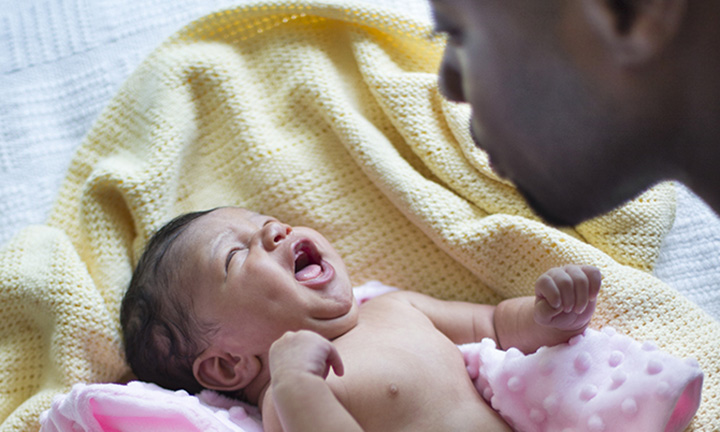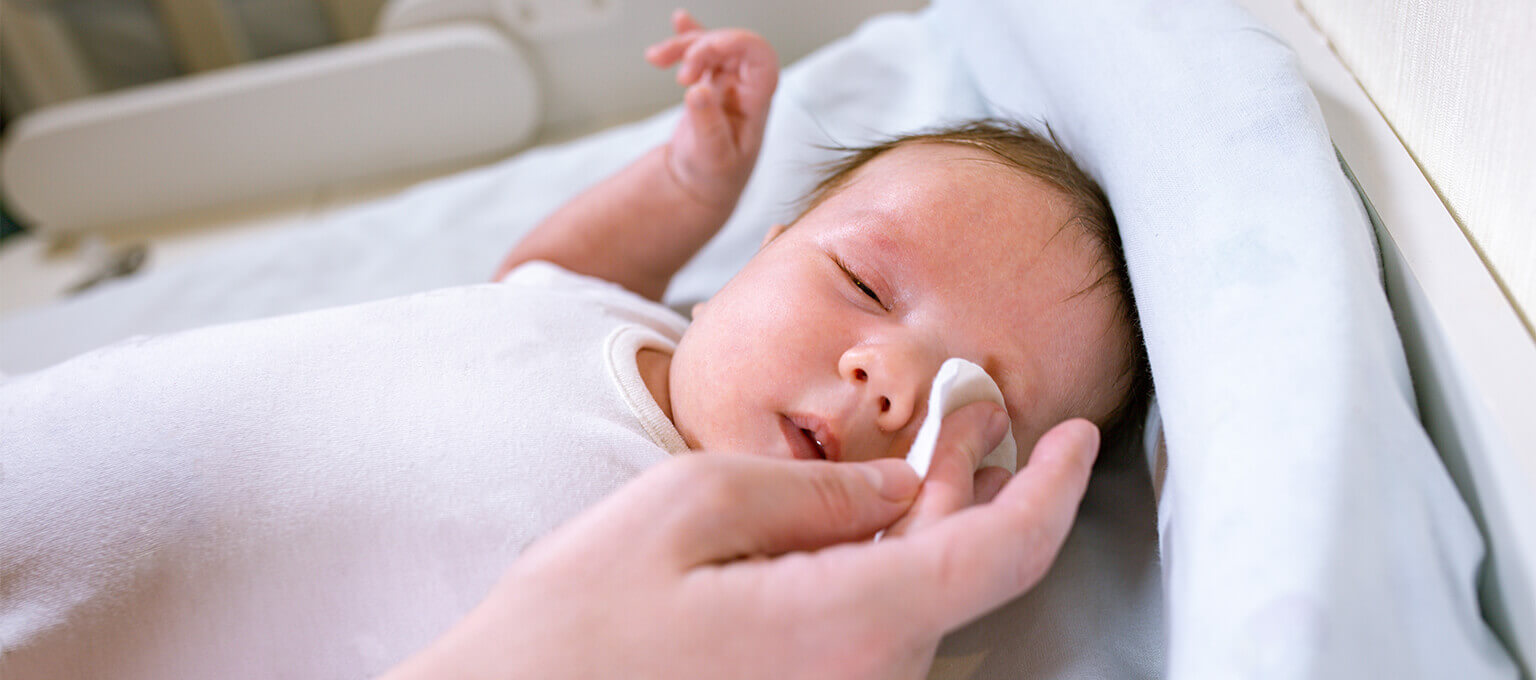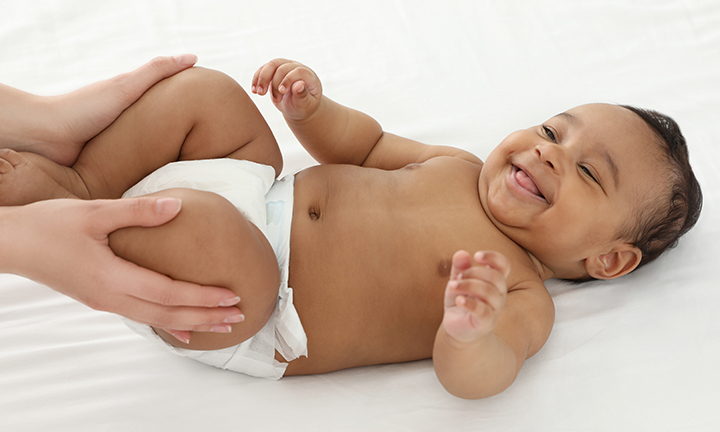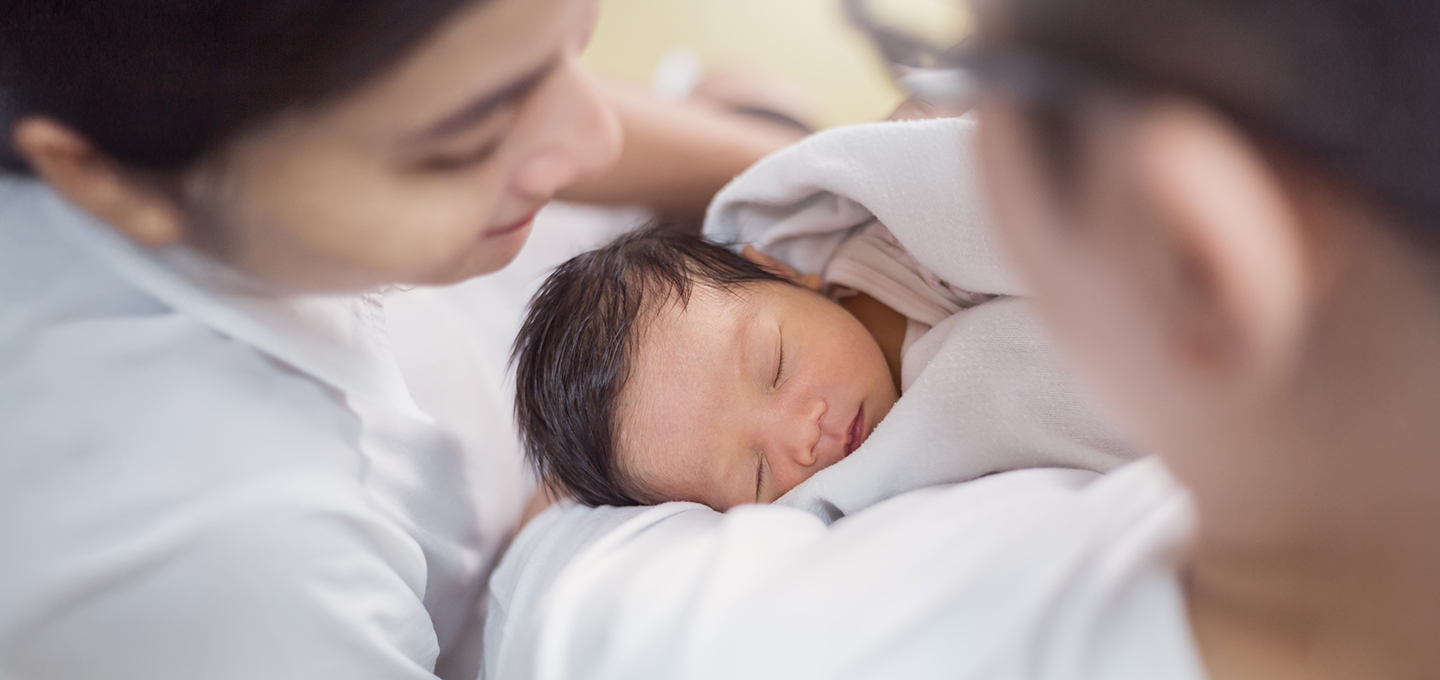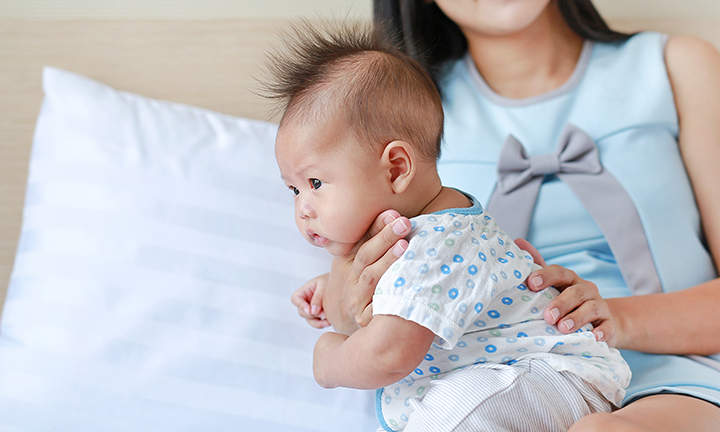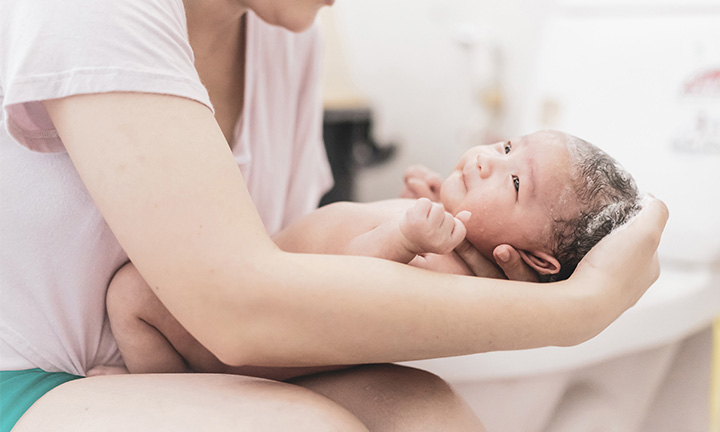You might have heard of SIDS, a topic of concern for parents of young children. SIDS stands for Sudden Infant Death Syndrome, and it refers to the unexpected and unexplained death of an otherwise healthy baby, mostly under 6 months old. It’s sometimes called cot death, because many SIDS babies die when they're sleeping. The chance of SIDS occurring is very low, affecting just under 300 babies a year in the UK. The cause or causes of SIDS are not known; however, there are steps you can take to create a safe sleep environment for your baby and to help prevent SIDS. Read on to find out more about what SIDS is, what some of the risk factors may be, and what you can do to help prevent it.
What Is Sudden Infant Death Syndrome?
The definition of SIDS is more a matter of what it isn’t. It is a death that is unexplained and unexpected, and that usually occurs while the baby is sleeping, occurring in babies usually under a year old.
If you're wondering just how common SIDS is, statistics show SIDS is very rare in the UK. Based on data from 2015, the rate of SIDS is 0.27 deaths per 1,000 live births in England and Wales. This may still sound alarming, but it means only 0.027 percent of babies are victims of SIDS.
Safe Sleep and SIDS Prevention Tips
It's important to know how to help prevent SIDS. Take these steps to help keep your baby safe and lower the risk of SIDS:
Put your baby to sleep on his back. This is the most important thing you can do to reduce the risk of cot death. Every single time for the first year of his life, and tell anyone else who may care for him that this is a must, whether it’s for a nap or to sleep at night, place your baby on his back to sleep. A good way to remember is with the expression ‘Back to sleep’. Some babies turn onto their stomach or side on their own after being placed on their backs; it's OK to leave them in that position, as long as they are able to roll over in both directions without help.
Put your baby in the ‘feet to foot’ position. The risk of SIDS can increase if your baby’s head gets covered by bedding while he’s sleeping. This is why it’s important to make sure he doesn’t wriggle under the covers. You can ensure this doesn’t happen either by keeping his cot bare or by placing him in a ‘feet to foot position’. This means that his feet are touching the end of the cot.
Move your baby to a firm surface. Sometimes your baby may fall asleep in the car seat, stroller, or sling. Move him to a firm, clean sleep surface as soon as possible. Never put your baby to sleep on a water bed or a cushion.
Don't let your baby become overheated. Avoid letting your baby get too hot, as this increases the SIDS risk. Make sure his head isn't covered when you put him to bed. Ensure the air temperature is comfortable for you — make sure it’s not too hot. Dress your baby in no more than one extra layer than you would wear. Instead, try a wearable blanket or a sleeping sack with no hood. If your baby’s head is hot and sweaty, or if his chest feels hot, he's too warm.
Let your baby sleep in your room. While this depends on your personal preferences, experts recommend your baby sleeps in your room with you, but alone in a cot. If possible, try this for the first six months, and consider keeping the cot or bassinet at about an arm's length away from your bed.
Don’t sleep with your baby. Sleeping in the same bed as your baby isn’t recommended, and here’s why. It increases the SIDS risk because you can accidentally roll onto your child as you sleep, and the baby is at risk of becoming entangled in the bedding.
Breastfeed your baby. If you can, breastfeed for at least the first six months. Research suggests this can significantly reduce the risk of SIDS.
Skin to skin contact. Skin-to-skin contact has many benefits. You can practice it while breastfeeding or bottle-feeding, or any other time throughout the day. Dad can do it, too.
Offer a dummy. It is possible that the risk of SIDS may be reduced by using a dummy at naptime and bedtime. However, some experts do not feel that dummies should be promoted, especially as the evidence linking dummy usage and SIDS reduction is not all that strong. Wait until breastfeeding is well established and when your baby is over 4 weeks old before offering a dummy. Stop giving your baby the dummy when he’s between 6 and 12 months old and don’t force him to take the dummy or put it back in if he spits it out. Do not use a neck cord or anything that he could get caught in or choke on.
No smoking around your baby. Don’t smoke near your baby, and keep your car and home smoke-free, too. Keep your baby away from places where people smoke.
Make sure baby beds and gear are safe. The cot, bassinet, pram, and play area should all meet current safety standards. Do not use the item if it’s broken, and if you’re borrowing or using a hand-me-down, make sure it meets current regulations.
Don’t fall asleep while feeding your baby. It is better to feed your baby on your bed with all pillows and bedding removed than on a sofa or cushioned chair. Never fall asleep with your baby on a sofa or armchair as this can increase the risk of SIDS. If you fall asleep while breastfeeding, move your baby back to his cot as soon as you wake up.
Tummy time. Give your baby plenty of tummy time when he's awake, as it helps strengthen his neck and back muscles. It can also prevent head flattening. Remember to supervise tummy time, making sure that your baby remains awake.
This is a lot to take in, but this slogan might help. Just remember the ABC's of Safe Sleep: Your baby should always sleep
ALONE
on her BACK
in a COT.
SIDS Risk Factors and Causes
It’s not known exactly what causes SIDS, but there are some environmental factors that make a baby more vulnerable, as well general factors that may increase the risk.
Sleep Environmental Factors
Sleep circumstances that increase SIDS risk include:
Stomach or side sleeping positions. Babies who are placed on their stomach or side may have more difficulty breathing than those placed on their backs.
Sleeping on a sofa or in an armchair together. Studies have found that sharing an armchair or a sofa together with your baby, while you both sleep, comes with an extremely high risk of SIDS.
Sharing a bed. Sleeping in the same bed as the parents, siblings, or pets increases the risk of SIDS, because of the potential for blocking the baby’s airways.
Overheating. Being too warm while sleeping can increase the risk of SIDS.
SIDS is a risk that almost all parents worry about. Keep in mind that SIDS is very rare, and if you take these precautions consistently throughout your baby’s first year of life, you can help reduce the risk even further.





